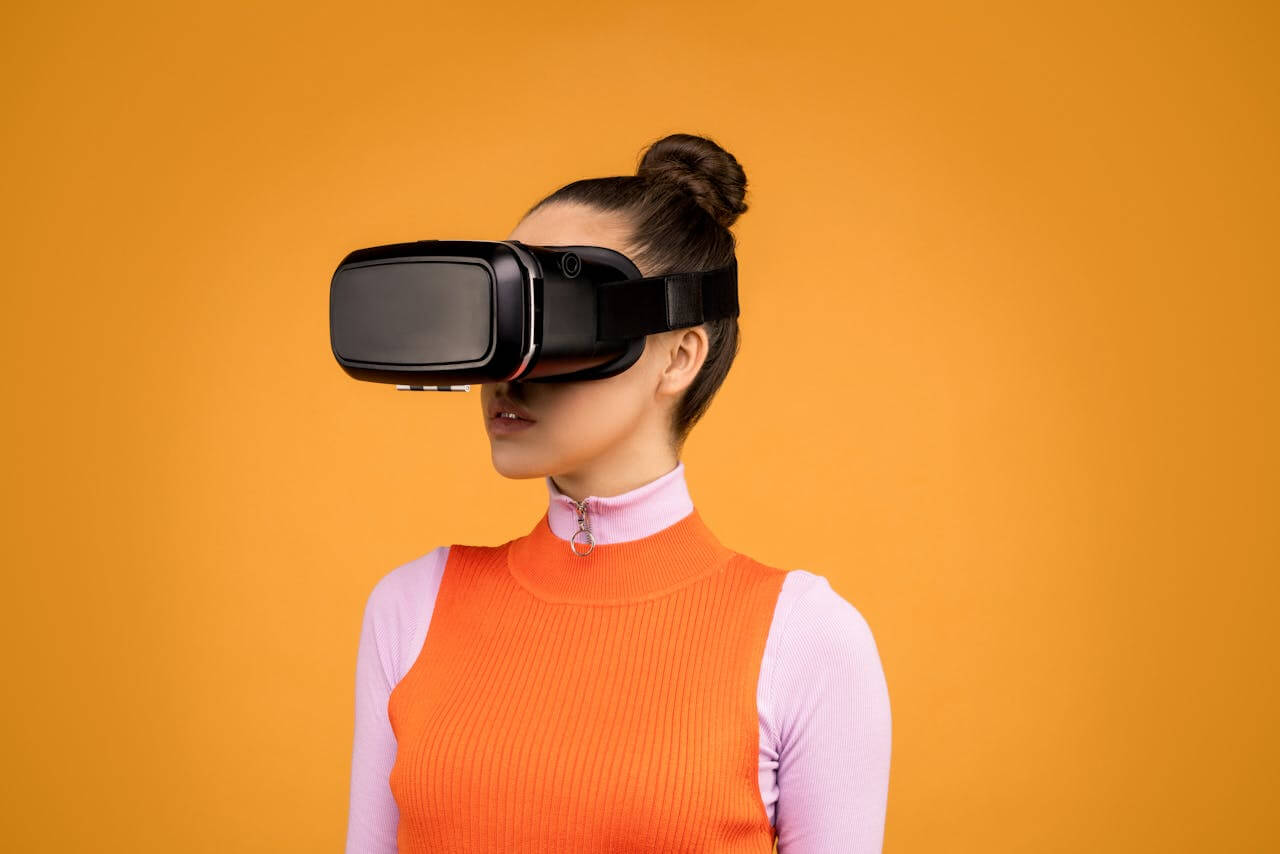In the realm of modern medicine and technology, the convergence of prosthetics and virtual reality (VR) has opened up a world of possibilities for amputees and individuals with limb differences. This dynamic duo is not only transforming the way prosthetic devices are designed and tested but also revolutionizing the rehabilitation process for those who rely on them.
Enhancing Prosthetic Design and Functionality
Prosthetic limbs have come a long way from their humble beginnings as simple wooden or metal constructs. With advancements in materials, engineering, and robotics, today’s prosthetics are highly sophisticated devices capable of mimicking natural movement and providing a level of functionality that was once unimaginable. However, designing prosthetic limbs that are both effective and comfortable for the user remains a significant challenge.
This is where virtual reality comes into play. VR technology allows prosthetic designers and engineers to create highly realistic simulations of human movement and interaction. By immersing themselves in virtual environments, designers can better understand how different prosthetic designs and components affect movement and comfort. They can experiment with various configurations and parameters in a virtual space before ever building a physical prototype.
Moreover, VR enables prosthetic users to provide valuable feedback during the design process. By experiencing different prosthetic configurations in a virtual environment, users can communicate their preferences and needs more effectively, leading to more personalized and user-friendly prosthetic solutions.
Training and Rehabilitation in a Virtual World
One of the most exciting applications of virtual reality in the field of prosthetics is in training and rehabilitation. Learning to use a prosthetic limb can be a challenging and sometimes frustrating process for amputees. Traditional rehabilitation methods often involve repetitive exercises and trial-and-error learning, which can be time-consuming and demotivating.
Virtual reality offers a more engaging and immersive approach to rehabilitation. With VR simulations, amputees can practice using their prosthetic limbs in realistic virtual environments that mimic everyday activities such as walking, reaching, and grasping objects. These simulations provide a safe and controlled environment where users can gradually build confidence and proficiency in using their prosthetic devices.
Moreover, VR-based rehabilitation programs can be tailored to the specific needs and goals of individual users. Therapists can track progress, adjust difficulty levels, and provide real-time feedback, enhancing the effectiveness of the rehabilitation process. This personalized approach not only accelerates the learning curve but also improves overall outcomes for amputees.
Overcoming Psychological Barriers
Beyond the physical challenges of using a prosthetic limb, many amputees also struggle with psychological issues such as body image concerns, depression, and anxiety. Virtual reality has the potential to address these psychological barriers by providing opportunities for immersive experiences that promote acceptance and confidence.
For example, VR simulations can allow amputees to see themselves with a virtual prosthetic limb, helping them visualize what life with a prosthesis might be like. By interacting with avatars or virtual representations of themselves in a positive and empowering way, amputees can begin to develop a more positive self-image and outlook on their disability.
Moreover, VR-based support groups and therapy sessions provide a sense of community and connection for amputees, allowing them to share experiences, offer support, and learn from one another in a virtual space. This can be especially valuable for individuals who may not have access to in-person support groups or who are hesitant to seek help due to stigma or social anxiety.
Challenges and Future Directions
While the potential of prosthetics and virtual reality is vast, there are still challenges to overcome. Technical issues such as latency, motion sickness, and the fidelity of virtual representations remain areas of active research and development. Moreover, ensuring accessibility and affordability of VR-based prosthetic solutions for all individuals, regardless of socioeconomic status or geographic location, is essential.
Looking ahead, the future of prosthetics and virtual reality holds great promise. As technology continues to evolve, we can expect to see even more sophisticated and intuitive prosthetic devices that seamlessly integrate with the human body. Virtual reality will play an increasingly important role in shaping the design, testing, and rehabilitation of these devices, ultimately improving the lives of millions of people around the world.
In conclusion, the marriage of prosthetics and virtual reality represents a groundbreaking synergy between innovation and rehabilitation. By harnessing the power of VR technology, we can create more functional, user-friendly prosthetic devices and provide amputees with the tools they need to thrive in a world that’s constantly evolving. Together, prosthetics and virtual reality are reshaping what it means to live with a disability, empowering individuals to reach new heights and achieve their full potential.



